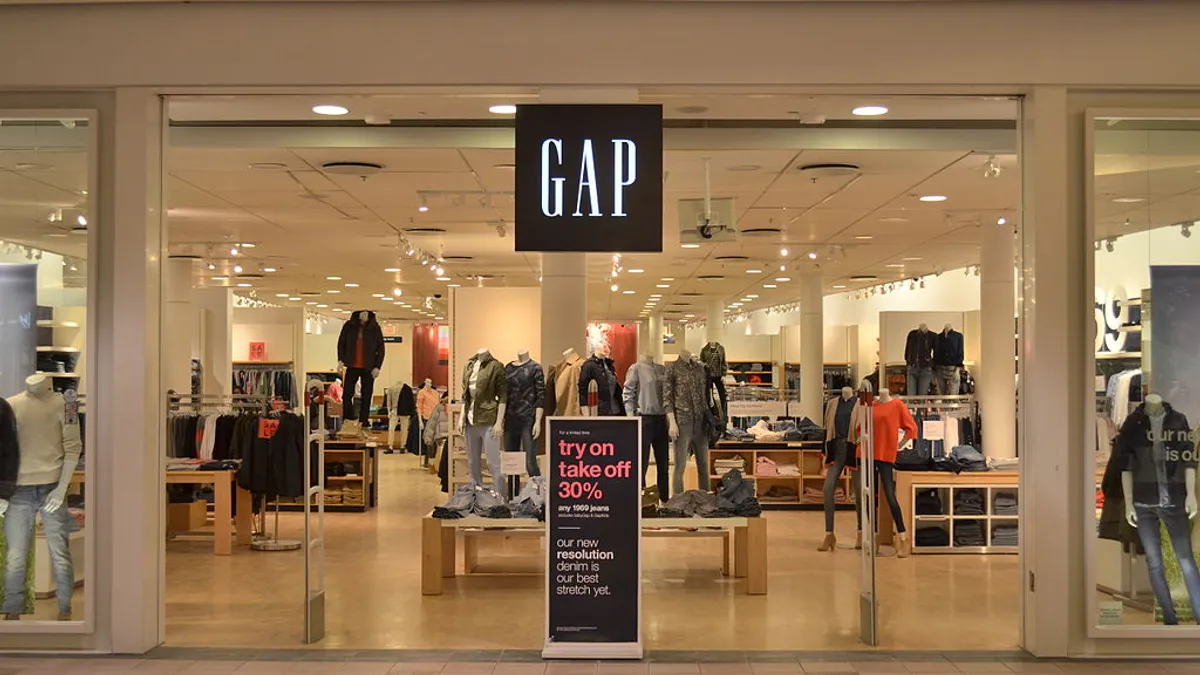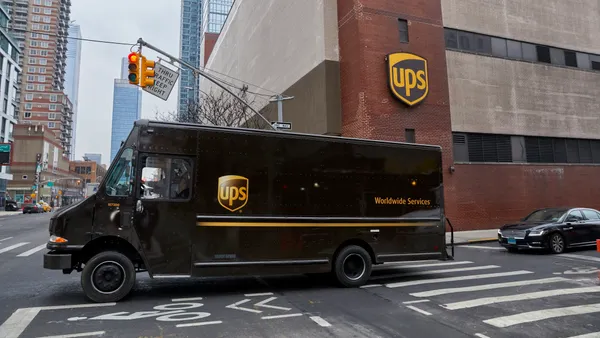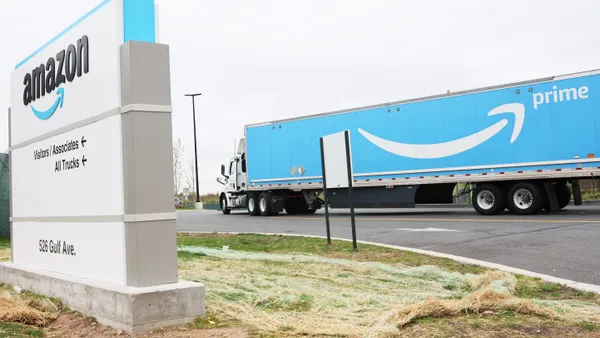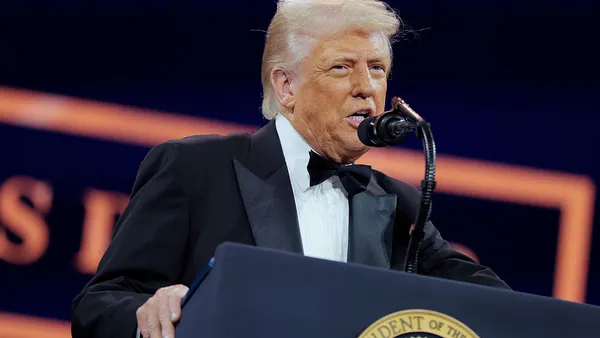Dive Brief:
- Gap released a country-by-country list of suppliers from Bangladesh to El Salvador last week, according to a press release by Human Rights Watch. Gap will update this list once every two years.
- The advocacy group lauded the public disclosure as a key step to minimize labor violations within its supply chains and increase the company's overall transparency.
- Gap is now among the 15 major apparel manufacturers to have publicly disclosed its full factory list, and is the third to do so this year.
Dive Insight:
Transparency offers Gap and suppliers alike the opportunity to check whether potential sub-contractors are approved under Gap's vendor guidelines, whose clauses on fair labor standards are more likely to prevent long-run or entrenched labor violations.
Vendor guidelines alone are not enough, however. Gap has been working on improving working conditions in its supply chains for over two decades, but in 2004 the Wall Street Journal reported the company had found over 50% of its Sub-Saharan factories did not comply with safety procedures while up to a quarter of its suppliers in China engaged in psychological coercion or verbal abuse.
Since then, the company has set a goal to ensure 84% of its suppliers have no red-rated — the company's lowest rating for labor quality denoting pressing need for intervention — factories by 2018. When Gap decided to create an intervention plan for these factories in 2014, the company reached a 96% resolution rate, according to its sustainability website.
In addition, recognizing many labor issues are structural the company has turned to partnering with various institutions, like the International Labor Organization's Better Work Program or Verite, an NGO. Gap is not alone, however, the world is turning to ethical supply chains as a new standard.
"Supply chains have created a permissive environment for violations of labour standards and failure to respect decent work," said Luc Cortebeeck, President of the Workers' Group, in the 105th Session of the International Labour Conference as, for the first time, global business and workers' leaders met to discuss how to better improve enforcement and adoption of global labor standards.














